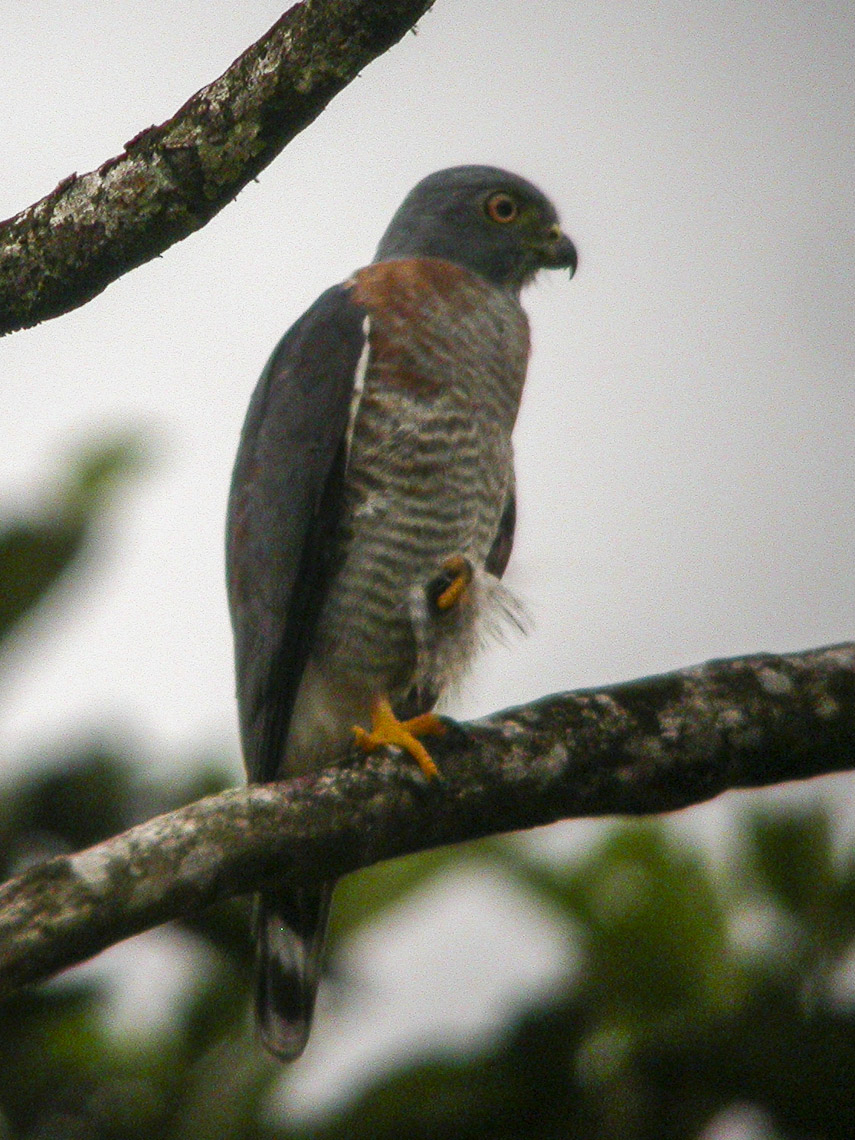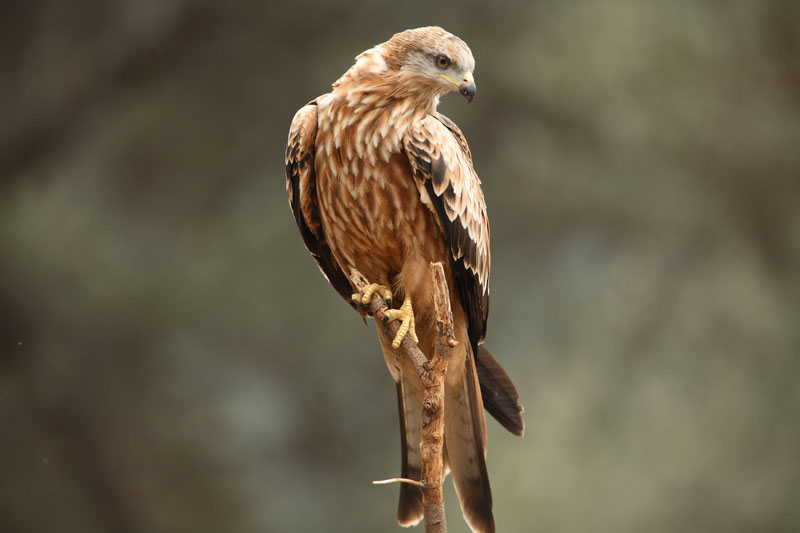|
Milvinae
The Milvinae kites are found in the family Accipitridae The Accipitridae is one of the three families within the order Accipitriformes, and is a family of small to large birds with strongly hooked bills and variable morphology based on diet. They feed on a range of prey items from insects to medium-s .... Many taxonomic authorities have the subfamily under revision. References * Bird subfamilies {{Accipitriformes-stub ... [...More Info...] [...Related Items...] OR: [Wikipedia] [Google] [Baidu] |
Milvinae
The Milvinae kites are found in the family Accipitridae The Accipitridae is one of the three families within the order Accipitriformes, and is a family of small to large birds with strongly hooked bills and variable morphology based on diet. They feed on a range of prey items from insects to medium-s .... Many taxonomic authorities have the subfamily under revision. References * Bird subfamilies {{Accipitriformes-stub ... [...More Info...] [...Related Items...] OR: [Wikipedia] [Google] [Baidu] |
Accipitridae
The Accipitridae is one of the three families within the order Accipitriformes, and is a family of small to large birds with strongly hooked bills and variable morphology based on diet. They feed on a range of prey items from insects to medium-sized mammals, with a number feeding on carrion and a few feeding on fruit. The Accipitridae have a cosmopolitan distribution, being found on all the world's continents (except Antarctica) and a number of oceanic island groups. Some species are migratory. The family contains 255 species which are divided into 70 genera. Many well-known birds such as hawks, eagles, kites, harriers and Old World vultures are included in this group. The osprey is usually placed in a separate family (Pandionidae), as is the secretary bird (Sagittariidae), and the New World vultures are also usually now regarded as a separate family or order. Karyotype data indicate the accipitrids analysed are indeed a distinct monophyletic group. Systematics and phylo ... [...More Info...] [...Related Items...] OR: [Wikipedia] [Google] [Baidu] |
Rostrhamus
The snail kite (''Rostrhamus sociabilis'') is a bird of prey within the family Accipitridae, which also includes the eagles, hawks, and Old World vultures. Its relative, the slender-billed kite, is now again placed in ''Helicolestes'', making the genus ''Rostrhamus'' monotypic. Usually, it is placed in the milvine kites, but the validity of that grouping is under investigation. Description Snail kites are long with a wingspan. They weigh from . There is very limited sexual dimorphism, with the female averaging only 3% larger than the male. They have long, broad, and rounded wings, which measure each. Its tail is long, at , with a white rump and undertail coverts. The dark, deeply hooked beak, measuring is an adaptation to its diet. The tarsus is relatively long as well, measuring . The adult male has dark blue-gray plumage with darker flight feathers. The legs and cere are red. The adult female has dark brown upperparts and heavily streaked pale underparts. She has a w ... [...More Info...] [...Related Items...] OR: [Wikipedia] [Google] [Baidu] |
Snail Kite
The snail kite (''Rostrhamus sociabilis'') is a bird of prey within the family Accipitridae, which also includes the eagles, hawks, and Old World vultures. Its relative, the slender-billed kite, is now again placed in ''Helicolestes'', making the genus ''Rostrhamus'' monotypic. Usually, it is placed in the milvine kites, but the validity of that grouping is under investigation. Description Snail kites are long with a wingspan. They weigh from . There is very limited sexual dimorphism, with the female averaging only 3% larger than the male. They have long, broad, and rounded wings, which measure each. Its tail is long, at , with a white rump and undertail coverts. The dark, deeply hooked beak, measuring is an adaptation to its diet. The tarsus is relatively long as well, measuring . The adult male has dark blue-gray plumage with darker flight feathers. The legs and cere are red. The adult female has dark brown upperparts and heavily streaked pale underparts. She has a ... [...More Info...] [...Related Items...] OR: [Wikipedia] [Google] [Baidu] |
Slender-billed Kite
The slender-billed kite (''Helicolestes hamatus'') is a South American bird of prey in the family Accipitridae. It is found along a scattered range in forested parts of tropical northern and central South America, and far eastern Panama. The species was recategorized into and has once again been removed from the genus ''Rostrhamus.'' Description The slender-billed kite is a slaty gray kite with broad, rounded wings and a short, square tail. The species ranges from 36 to 41 centimeters in length and possesses a wingspan of 80-90 centimeters. There is no sexual plumage dimorphism within the species; however, females tend to be larger than the males, weighing between 367 and 485 grams while males weigh between 377 and 448 grams. Their characteristically sharp black beak is hooked, matched by sharp, black talons. Their eyes are yellowish, and their face and legs are orange-red. Juveniles resemble adults, but have brownish eyes and three narrow white bands in the tail. Both genders re ... [...More Info...] [...Related Items...] OR: [Wikipedia] [Google] [Baidu] |
Ictinia
''Ictinia'' is a genus of birds in the family Accipitridae. It contains two species that are native to the Americas. Taxonomy and species The genus ''Ictinia'' was introduced in 1816 by the French ornithologist Louis Jean Pierre Vieillot to accommodate the plumbeous kite which is therefore the type species. The name is from the Ancient Greek Ancient Greek includes the forms of the Greek language used in ancient Greece and the ancient world from around 1500 BC to 300 BC. It is often roughly divided into the following periods: Mycenaean Greek (), Dark Ages (), the Archaic p ... word ''iktinos'' for a kite. The genus now contains two species. References Milvinae Bird genera Taxa named by Louis Jean Pierre Vieillot {{Accipitriformes-stub ... [...More Info...] [...Related Items...] OR: [Wikipedia] [Google] [Baidu] |
Square-tailed Kite
The square-tailed kite (''Lophoictinia isura'') is a medium-sized bird of prey in the family Accipitridae, which also includes many other diurnal raptors such as kites, eagles and harriers. Taxonomy German naturalist Johann Jakob Kaup described the square-tailed kite in 1847. The square-tailed kite is monomorphic with no recorded geographic variations. Description As an adult the square-tailed kite is a medium-sized raptor, with the following features: * Length: 50–56 cm (tail is about half the length of bird) * Wingspan: 130–145 cm * Weight: Male-501g, Female-650g Plumage variation As an adult, the squared-tailed kite has a white face, with pale eyes and black streaks across the crown. The breast is also heavily streaked. The ventral surface of the wings has a rufous-brown lining, a dark carpal crescent, and a boldly barred finger. There is also a pale white patch on the ventral surface of the wings, at the base of the primary feathers; the saddle, rump ... [...More Info...] [...Related Items...] OR: [Wikipedia] [Google] [Baidu] |
Haliastur
''Haliastur'' is a genus of medium-sized diurnal birds of prey. It consists of two species of kites which form part of the subfamily Milvinae; some authorities place these species in the genus '' Milvus'', despite clear differences in behaviour, voice and plumage. The genus was erected by the English naturalist Prideaux John Selby in 1840 with brahminy kite (''Haliastur indus'') as the type species. The name of the genus combines the Ancient Greek ''hali-'' "sea-" and the Latin ''astur'' meaning "hawk". Description The two Haliastur species are medium-sized birds of prey with a strong, slightly squat rump, small head, relatively short and wide wings, a medium-long, rounded tail and short but strong legs and toes. The Whistling kite reaches a body length of 50 to 60 centimeters and has a wingspan of 120 to 145 centimeters. Males weigh an average of 700 grams, the females are significantly heavier at 850 grams. The Brahminy kite is a little smaller. Its body length is 44–5 ... [...More Info...] [...Related Items...] OR: [Wikipedia] [Google] [Baidu] |
Lophoictinia
The square-tailed kite (''Lophoictinia isura'') is a medium-sized bird of prey in the family Accipitridae, which also includes many other diurnal Bird of prey, raptors such as kite (bird), kites, eagles and harrier (bird), harriers. Taxonomy German naturalist Johann Jakob Kaup described the square-tailed kite in 1847. The square-tailed kite is monomorphism (biology), monomorphic with no recorded geographic variations. Description As an adult the square-tailed kite is a medium-sized raptor, with the following features: * Length: 50–56 cm (tail is about half the length of bird) * Wingspan: 130–145 cm * Weight: Male-501g, Female-650g Plumage variation As an adult, the squared-tailed kite has a white face, with pale eyes and black streaks across the crown. The breast is also heavily streaked. The Anatomical terms of location, ventral surface of the wings has a rufous-brown lining, a dark Carpal bones, carpal crescent, and a boldly barred finger. There is also a ... [...More Info...] [...Related Items...] OR: [Wikipedia] [Google] [Baidu] |
Milvus
''Milvus'' is a genus of medium-sized birds of prey. The genus was erected by the French naturalist Bernard Germain de Lacépède in 1799 with the red kite as the type species. The name is the Latin word for the red kite. Species This is an Old World group that forms part of the subfamily Milvinae. The genus contains three species. Allozyme data indicates that the genetic diversity in both black and red kites is rather low.Schreiber, Arnd; Stubbe, Michael & Stubbe, Annegret (2000): Red kite (''Milvus milvus'') and black kite (''M. migrans''): minute genetic interspecies distance of two raptors breeding in a mixed community (Falconiformes: Accipitridae). '' Biol. J. Linn. Soc.'' 69'(3): 351–365. (HTML abstract) Successful hybridization between ''Milvus'' kites is fairly commonplace, making mtDNA analyses unreliable to resolve the genus' phylogeny. Furthermore, there is no good correlation between molecular characters and biogeography and morphology in the red kite due to ... [...More Info...] [...Related Items...] OR: [Wikipedia] [Google] [Baidu] |
Black Kite
The black kite (''Milvus migrans'') is a medium-sized bird of prey in the family Accipitridae, which also includes many other diurnal raptors. It is thought to be the world's most abundant species of Accipitridae, although some populations have experienced dramatic declines or fluctuations. Current global population estimates run up to 6 million individuals. Unlike others of the group, black kites are opportunistic hunters and are more likely to scavenge. They spend much time soaring and gliding in thermals in search of food. Their angled wing and distinctive forked tail make them easy to identify. They are also vociferous with a shrill whinnying call. The black kite is widely distributed through the temperate and tropical parts of Eurasia and parts of Australasia and Oceania, with the temperate region populations tending to be migratory. Several subspecies are recognized and formerly had their own English names. The European populations are small, but the South Asian pop ... [...More Info...] [...Related Items...] OR: [Wikipedia] [Google] [Baidu] |
Yellow-billed Kite
The yellow-billed kite (''Milvus aegyptius'') is the Afrotropic counterpart of the black kite (''Milvus migrans''), of which it is most often considered a subspecies. However, DNA studies suggest that the yellow-billed kite differs significantly from black kites in the Eurasian clade, and should be considered as a separate, allopatric species. Taxonomy The yellow-billed kite was formally described in 1788 by the German naturalist Johann Friedrich Gmelin in his revised and expanded edition of Carl Linnaeus's ''Systema Naturae''. He specified that the bird was found in Egypt, placed it with the eagles, falcons and relatives in the genus '' Falco'' and coined the binomial name ''Falco aegyptius''. Unusually Gmelin did not cite a source for his information. The yellow-billed kite is now one of three kites placed in the genus '' Milvus'' that was introduced in 1799 by the French naturalist Bernard Germain de Lacépède. There are two subspecies: ''M. a. parasitus'' ( Daudin, 1800) , ... [...More Info...] [...Related Items...] OR: [Wikipedia] [Google] [Baidu] |






.jpg)

